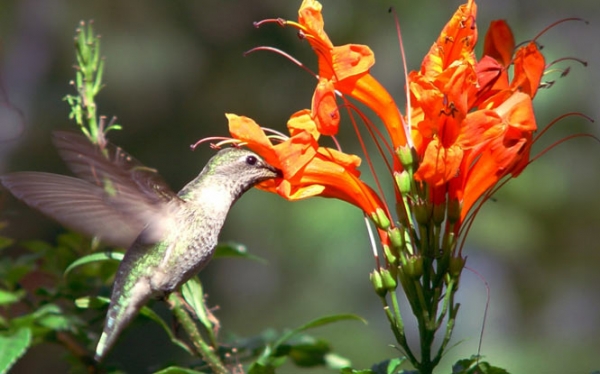Nov

Taking Better Pictures
Do you find your photos don’t quite capture the experience? With digital cameras, it’s become even easier to snap hundreds of pictures yet sometimes, few capture the beauty or mood you wanted.
Most photographers agree the type of camera isn’t the be-all-and-end-all. Of course, for those who make a living out of photography, the right lenses, filters and kit for their DSLR (digital single lens reflex) cameras is crucial but for most of us, any decent camera is fine. In fact, many professional travel photographers are taking incredible photos with smartphones.
One thing to remember if buying a camera is not to be swayed by marketing blurb. As California-based travel photographer Ralph Velasco says, “Don’t get caught up in megapixels. We’re mainly sharing our images online and just about any camera can provide a great tool for ‘getting the shot’ and posting it on Facebook or Twitter.”
- Look for different angles; your eye-level may not be best for that shot. Crouch, lie on the ground or climb onto something for another perspective. Ralph adds, “Move around the scene until it does what you want it to do. It’s also a great way to avoid having a telephone pole protruding from your travel mate’s head! Position yourself until your subject blocks out the pole, or so they don’t block out something you’d like in the scene.”
- Another technique is the ‘rule of thirds’. Imagine a noughts-and-crosses grid with nine squares; some cameras show this on-screen. Ralph explains, “You’ve got two vertical horizons and two horizontal horizons. The idea is you place your subject on one of the four points where two of the lines cross, or along one of the horizon lines. This forces you to place the subject off-centre. Like any rule, this one’s made to be broken, but as they say, you have to know the rules before you can break them!”
- Light is key. “Get up early and stay out late,” says Ralph. “Not only will you be out in the best light of the day, aka the Golden Hour, but it helps to avoid the tourist crowds.”
- Sometimes, help is at hand in the shot itself. One tip offered on a recent street photography workshop in London with Foto Ruta was to look for ‘leading lines’, for example, steps or pathways leading the viewer into the photo. You can also use objects in the picture to frame it e.g. doorway or branches.
- Step into the picture. If a lot of your photos feature an unwanted amount of floor or sky, move closer and zoom in more than usual. Close-up shots allow your subject to fill the frame rather than empty space.
- Use the flash wisely. Avoid it indoors by using as much other light, natural or otherwise, as possible. If you’re outdoors, the flash can actually help if there’s very bright sunlight. For lit-up night scenes e.g. a city view, turn the flash off and keep the camera still to capture the distant twinkle.
- While taking too many shots can be annoying, make sure you’re not disappointed by group shots by taking more than one - there’s always someone with their eyes shut or looking away!
- Above all, experiment. Look out for reflections, shadows, silhouettes, patterns, symmetry and humour in your shot. If you have fun with your camera, it will show in your photography.






